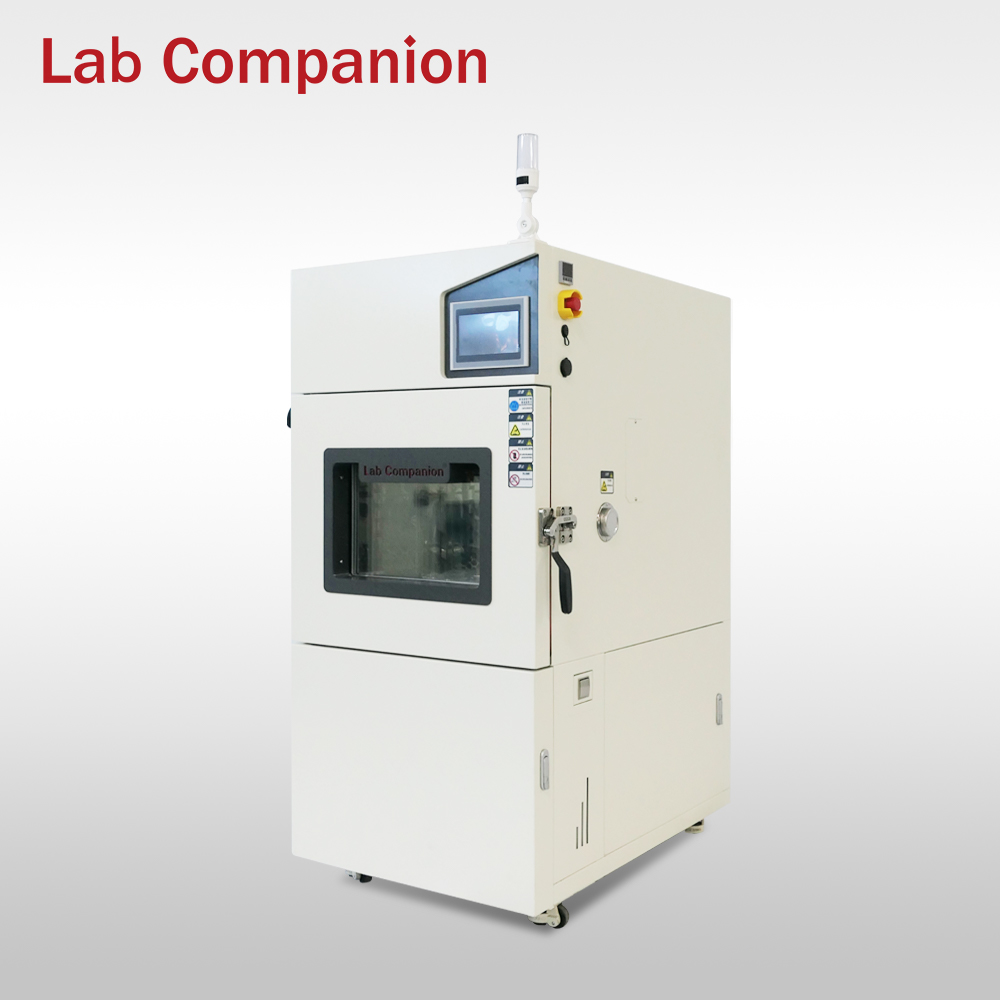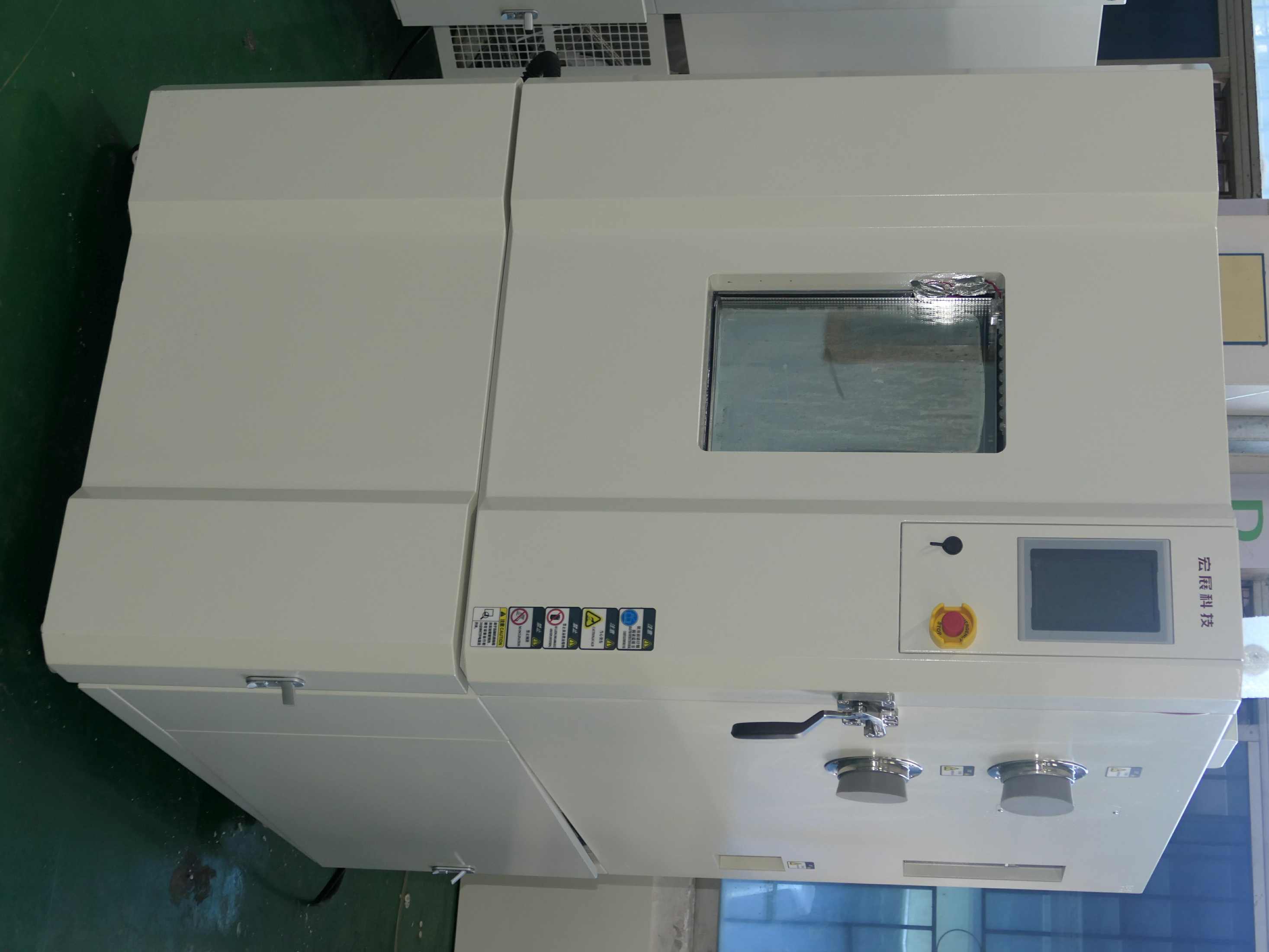Top Environmental Test Chamber Partner, Your Trusted Choice
Nov 08, 2025
Environmental test chambers simulate complex conditions such as high/low temperatures and humidity, widely serving industries including electronics, automotive, aerospace, materials, and medical devices. Their core function is to verify the tolerance of products and materials, enabling early defect detection, ensuring product reliability, facilitating industry compliance, and reducing after-sales costs. They are critical equipment for R&D and quality control.
Founded in 2005, Lab Companion specializes in the R&D and manufacturing of environmental simulation equipment. Since its establishment, the company has deeply cultivated core technologies and obtained multiple patent certifications, demonstrating strong technical capabilities in this field. Our cooperative clients cover numerous industries such as aviation, aerospace, ordnance, marine engineering, nuclear power, communications, automotive, rail transit, electronics, semiconductors, and new energy.
Lab Companion offers a comprehensive product portfolio, including high-low temperature alternating humidity test chambers, rapid temperature change test chambers, thermal shock test chambers, walk-in environmental test chambers, high-low temperature low-pressure test chambers, temperature-humidity-vibration combined test chambers, and customized non-standard environmental test equipment. Each product line provides multiple options for models, sizes, and temperature-humidity parameters to accurately meet diverse application needs.
In addition, we deliver premium pre-sales and after-sales services, offering full-cycle support from product selection to after-sales guarantee to ensure your peace of mind. Should you have any cooperation intentions or related inquiries, please feel free to contact us at any time!
ĐỌC THÊM



